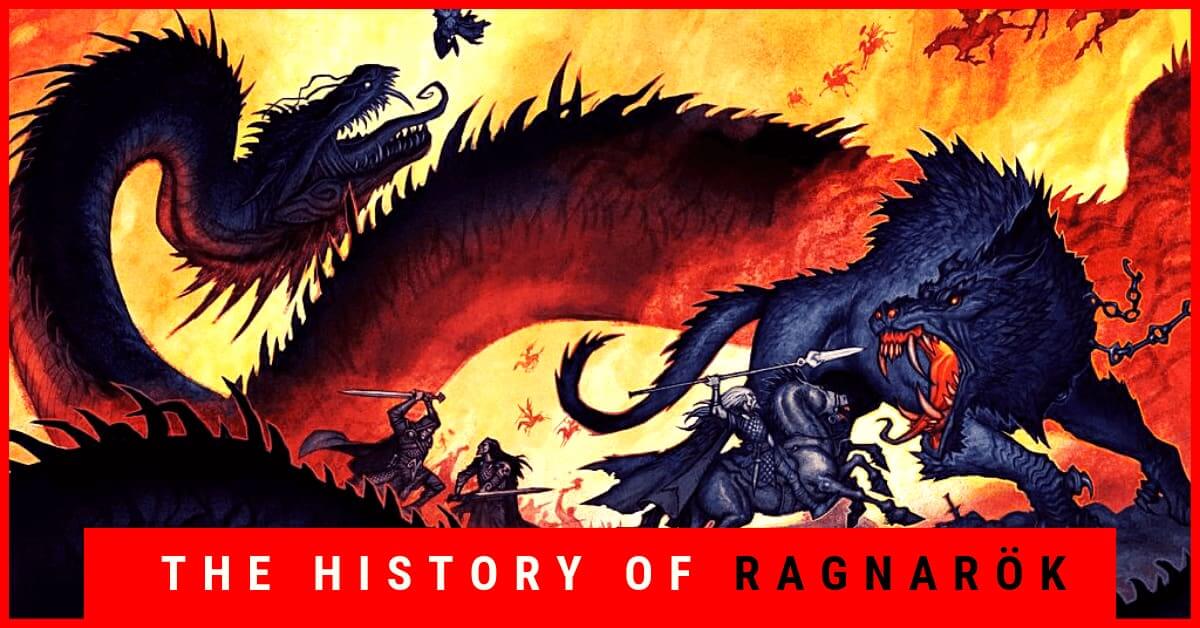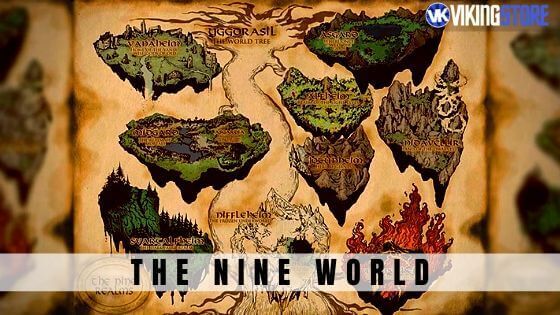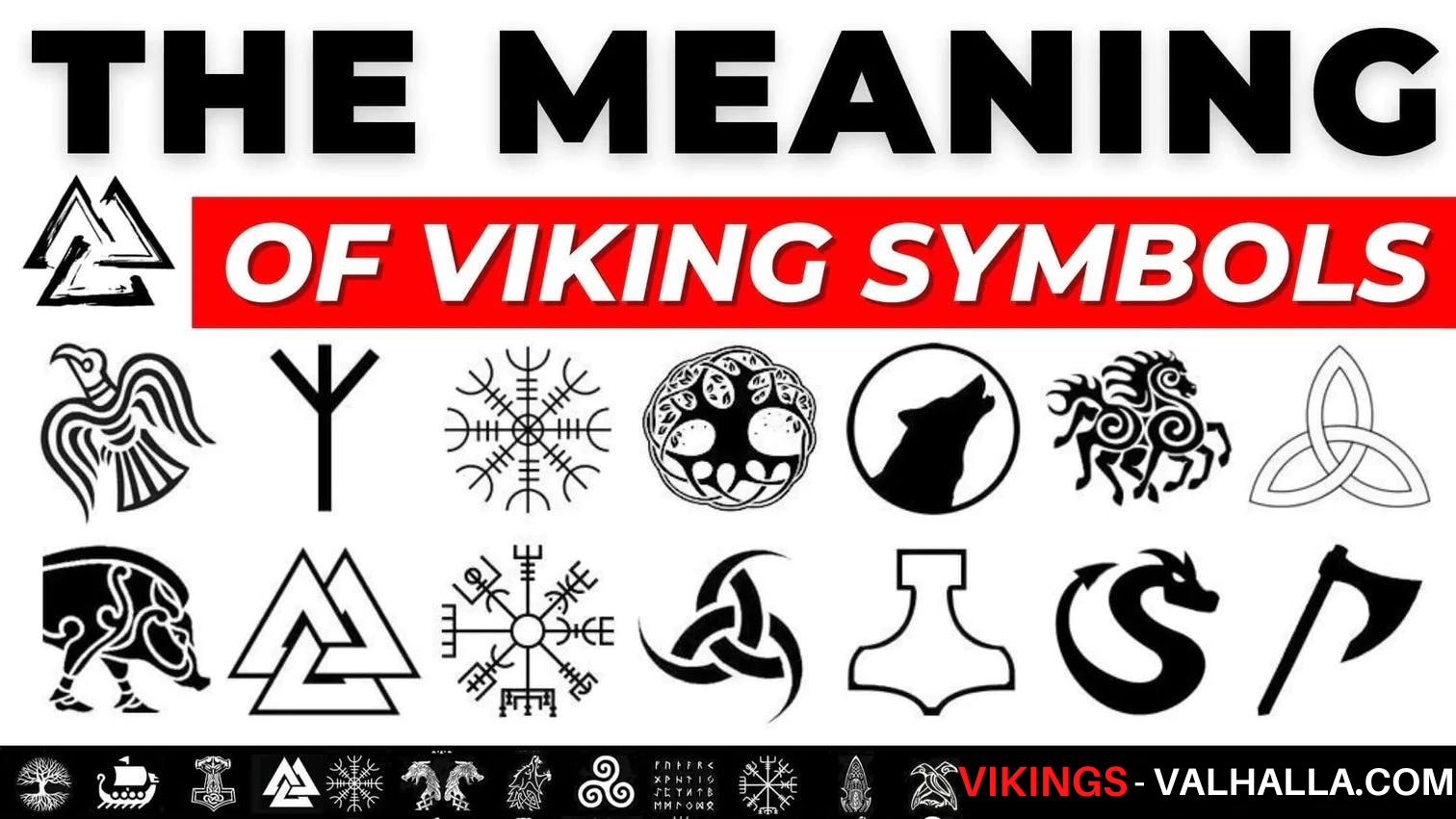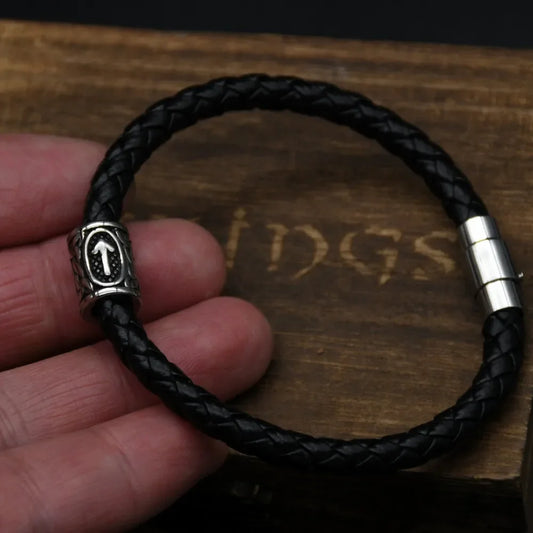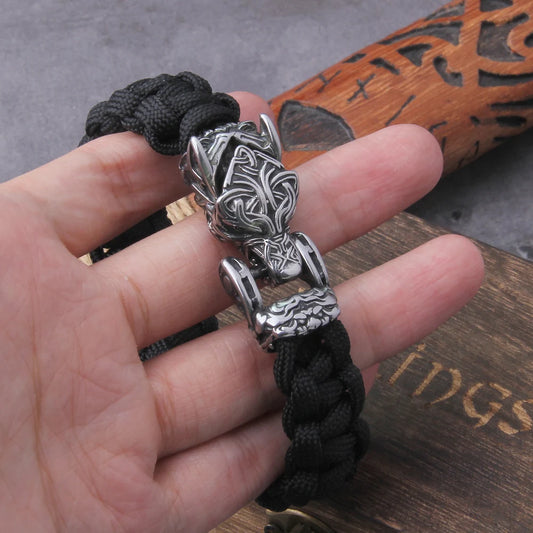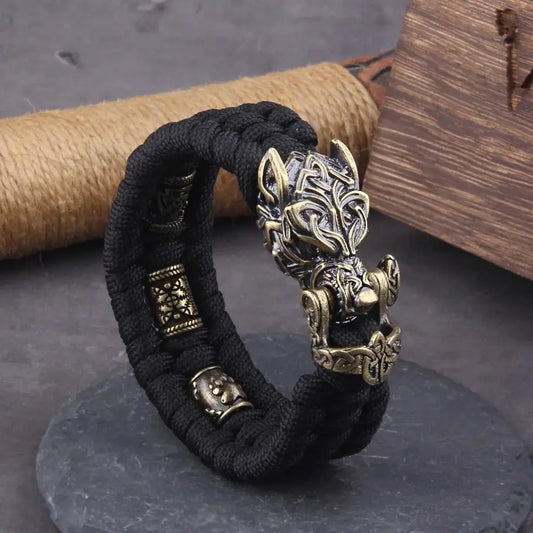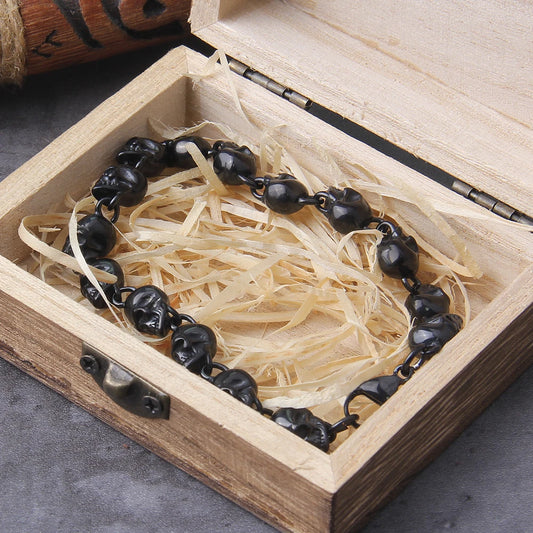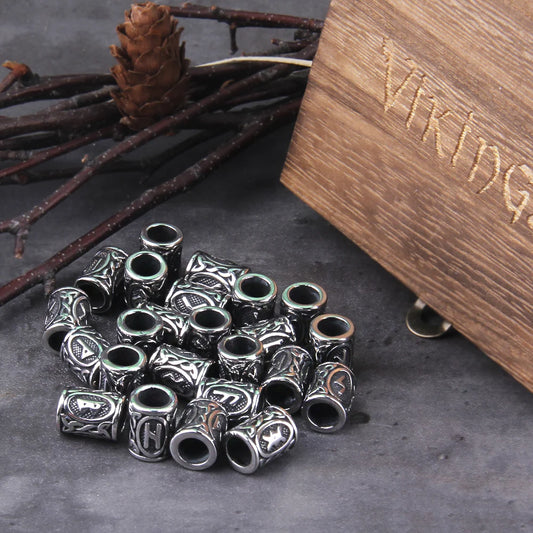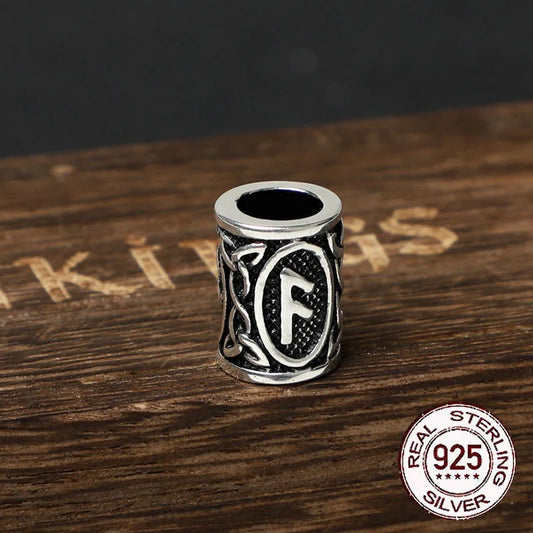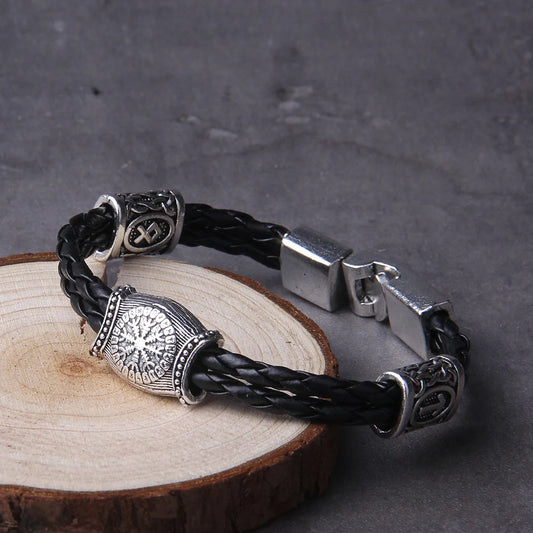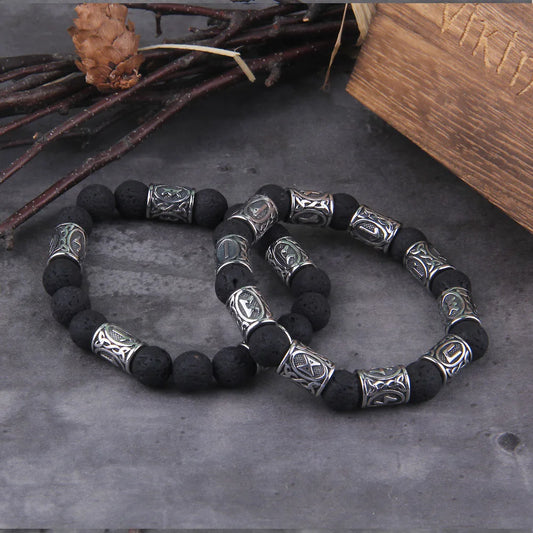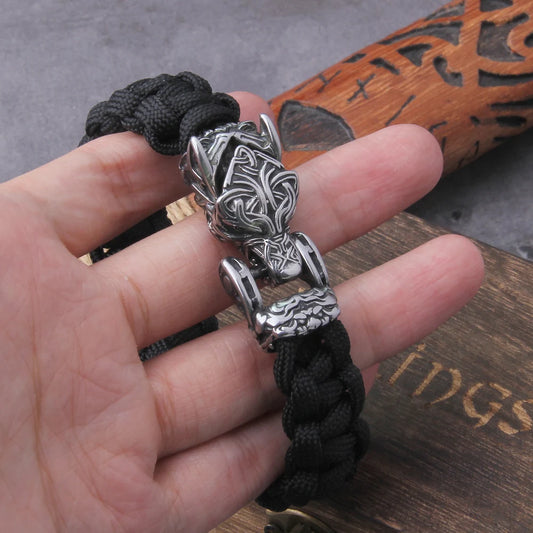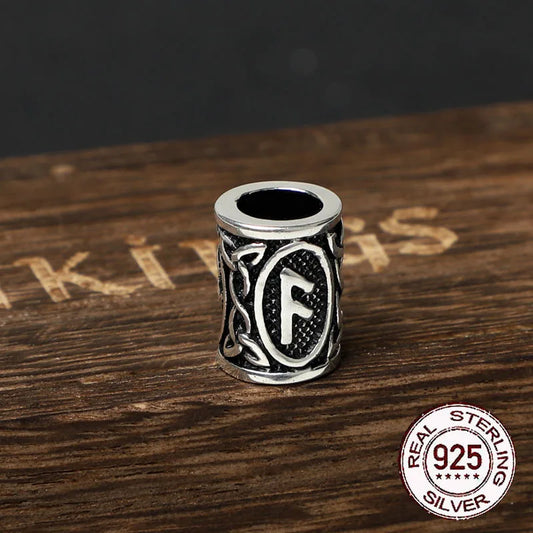Aegir is according to the Prose Edda in Germanic and Norse mythology the name for the giant of the sea. He is also called Gymir or Hlér. In many Norse tales he is the friend of the gods and entertains them in the role of the innkeeper.
Etymology of Aegir
The name Aegir in Old Norse refers to the sea giant itself and the sea secondarily. The name is related to Urgaritic *ahwō, Latin aqua "water". Consequently, it refers to a water sprite (Latin Aquarius). The Danish island of Læsø is considered his home.
Cult of Aegir in the Viking Age
Aegir is a sea giant, close to the Aesir, but belonging to the elder race of the Jötunn, and in Norse mythology he takes the features of a sea god. He is the son of Miskorblindi or Fornjótr, and his two brothers are Logi, the fire, and Kari, the wind.
He is the father of nine daughters, the Aegis daughters (Angeyja, Atla, Eistla, Eyrgjafa, Gjálp, Greip, Imðr, Járnsaxa, and Úlfrún), who represent different kinds of sea waves (but besides these names Snorri names others: Bára, Blóðughadda, Bylgja, Dúfa, Hefring, Himinglæva, Hrönn, Kolga and Uðr).
His wife is the sea goddess Rán. He lives on the island called Hlésey and is very wise. Since people believed that Aegir left his underwater kingdom only to destroy ships and their crews, prisoners were sacrificed to him before setting out on a sea voyage to ensure safe passage.
Aegir in the Eddas
Aegir is often found in the stories of the Edda, which was written shortly after the Christianization of Iceland. He appears here again and again as a friend of the gods and as a host. In the rest of Scandinavia, he is also an integral part of the cult.
In the texts on Norwegian prehistory, for example, Aegir/Hlér is referred to as the son of Fornjótr, giving us a good example of how Norse mythology is diverse.


